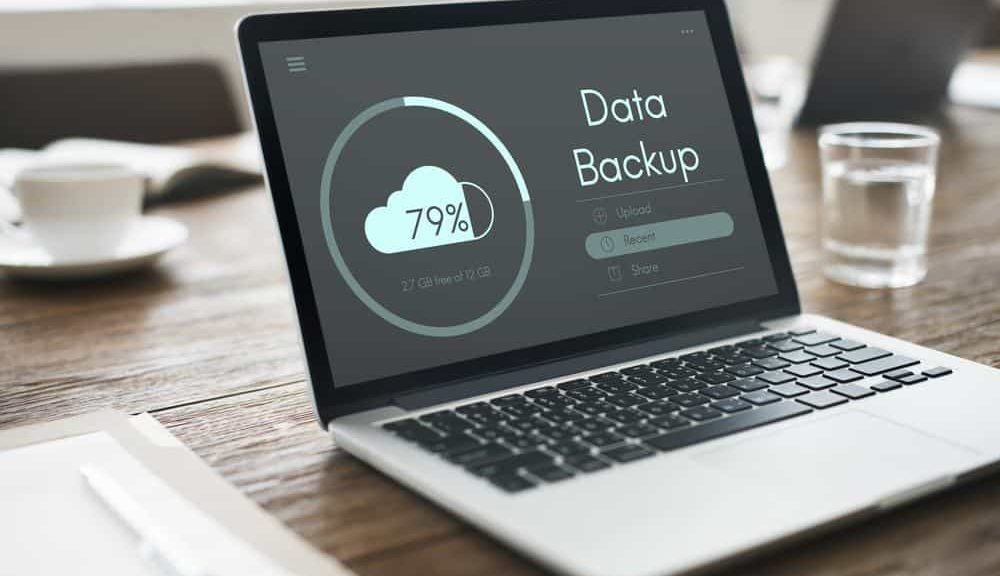When critical business data gets lost because of mislabeled categories, it becomes obvious at the latest when companies lose their most important assets. Because a data breach, for instance, one involving personal data, could lead to hefty penalties under the General Data Protection Regulation (GDPR). But if there’s any sensitive information (such as company secrets, supplier contracts, or other confidential info) involved, then they must be properly secured. Cloud computing has become an important part of business operations for companies operating under strict regulations.
Data categorization can protect against damage
If critical company data gets lost due to mislabeled categories, then it becomes evident at the latest when companies miss out on their most valuable assets. Because a data breach, for instance, one involving personal data, could lead to hefty penalties under the General Data Protection Regulation (GDPR). For most companies, the main criteria used to classify their data into categories is whether they intend to use the data themselves. There are however some additional things to consider when choosing between these two types of lenses. Here, we explain how to use data classification for business purposes.
Here’s how to categorize your company data
To start off, set up some rules regarding data classification! Ideally, these should be brief and concise and made known to everyone involved in using the data.
Among other things, you can state:
- What goals are you trying to achieve by categorizing these articles?
- which categories are included in each section?
- Differentiating between different types of data depends upon which criterion(s) are used for differentiation.
You can define roles and responsibilities for each user account by setting up different groups within Active Directory (AD). For example, one group could be called “Administrators” and another
It is important to take legal requirements into account when calculating costs for an investment project. It may be better to categorize both new and old data than just new data alone. However, if you choose to classify only new data, then it would probably take longer for you to complete the task.
Depending on whether you’re looking at sales figures, profits, expenses, etc., the type of classification system used depends on the kind of business you run. Depending on the type of data involved, there may be different legal requirements for its protection. For example, if the data relates to private individuals, then they must consent before their data is used; however, if the data involves business transactions, then companies need not obtain consent from
An example would be:
- Data in this category doesn’t need to be specially protected; however, it can also be freely available to the public. Example 1: Contact details for sales and/or services; example 2: References (e.g., LinkedIn profile); an example
- Private data: Private data is confidential and may be used by us for our own purposes without disclosing it publicly. Examples include organizational charts, personas, campaigns, etc.
- Special Data: The third category contains highly sensitive data, whose disclosure would be risky for the company and its shareholders. Therefore, they require special attention. Example: Data from personal records (such as customer names) or employee files; medical records; financial documents; business plans; intellectual property; confidential materials; and so forth.
Choose the right cloud provider for your categories
After having set up a system for organizing and managing your documents, assigning rights and responsibilities, performing document management, and finding a storage service.

